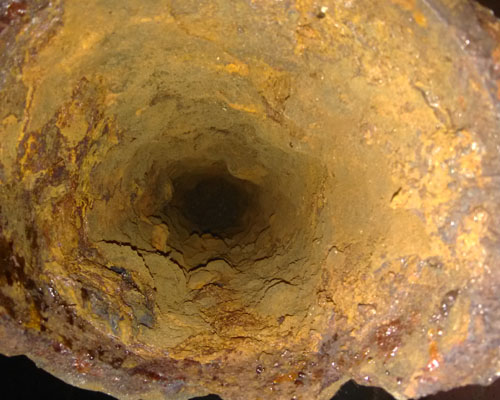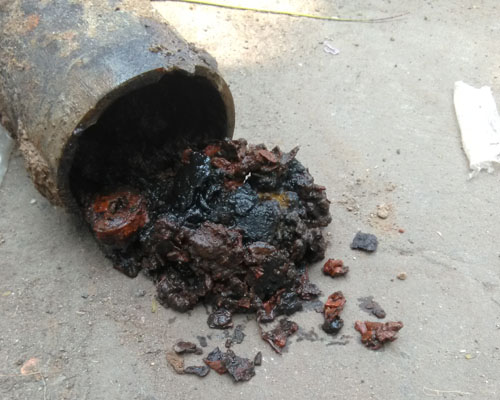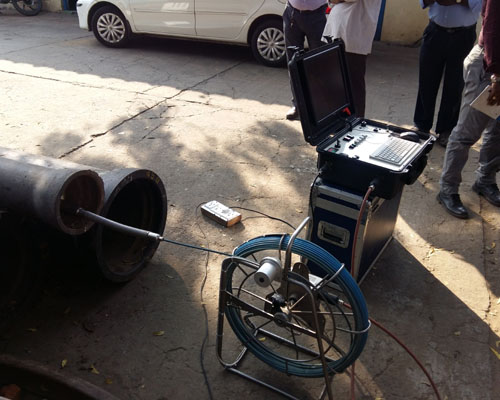“When the well’s dry, we know the worth of water.”
– Benjamin Franklin
As one of the fastest growing economies, development of modern public infrastructure including underground water and sewerage supply network is on rapid growth in India. With rapid growth of urban infrastructure, most of these pipelines are laid underground, making it difficult to inspect by regular/standard methods. The problem is compounded with the fact that most of this network is now old (especially in Tier 1&2 cities) and requires immediate attention if we want it to continue to serve the rapidly growing population of our cities. Since manual entry and accessibility is limited, robotic methods of inspection, mapping and fault detection are the only means of maintaining the vast infrastructure of our water network.



